Mt. Asama is to the north, the peaks of the Yatsugatake are to the south,Mt. Arafune is to the east, Mt. Tateshina is to the west.The region of Shinshu Saku is surrounded by mountains.The sake brewing has been developed in the area which is blessed bythe mineral contents of clear water from the mountains and cold weather in winter.Also, rice cultivation has been prosperous in this area since long ago.
SCENERY
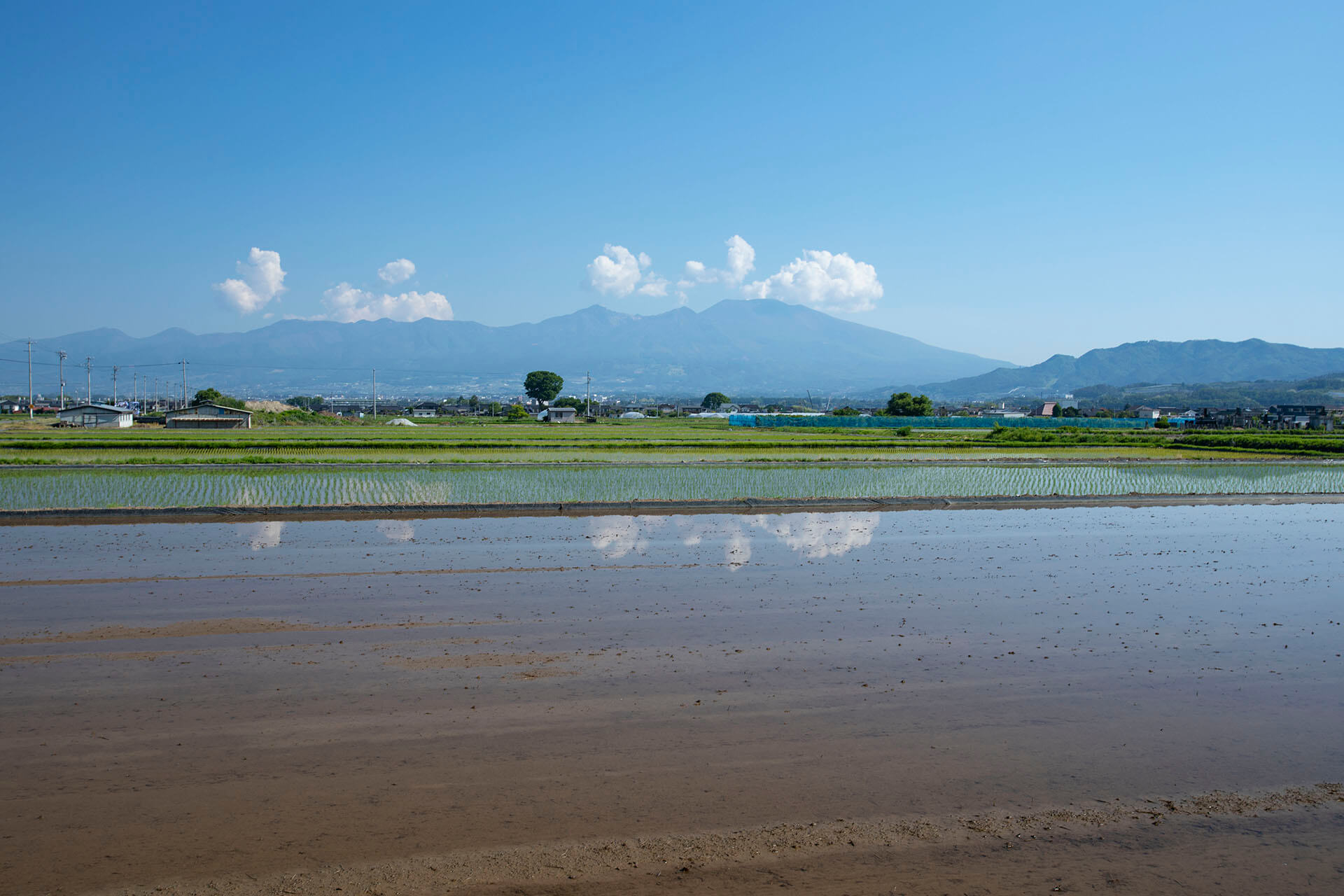
April–May
Early summer,when flooded fields mirror the sky
Making sake starts with growing sake rice. Farmers start preparing the soil in winter, then grow seed rice into rice seedlings. In early May, the rice fields are flooded by the pure water that flows through an irrigation system handed down for generations, and the seedlings are transplanted into the fields. The Saku area has a wealth of water sources: clear rivers, subterranean water flowing from the mountains, and capacious ponds.

June – August
Summer, when the rice stalks grow green
The Saku area covers elevations of 650–1500 m (2130–4920 ft). The classic inland plateau climate includes lots of sunshine, warm days and cold nights, and cool mornings and evenings in the summer – the perfect environment for growing the best rice. The verdant rice fields are spread far and wide, showcasing both natural beauty and human activity as you pass through the fertile land of Saku.
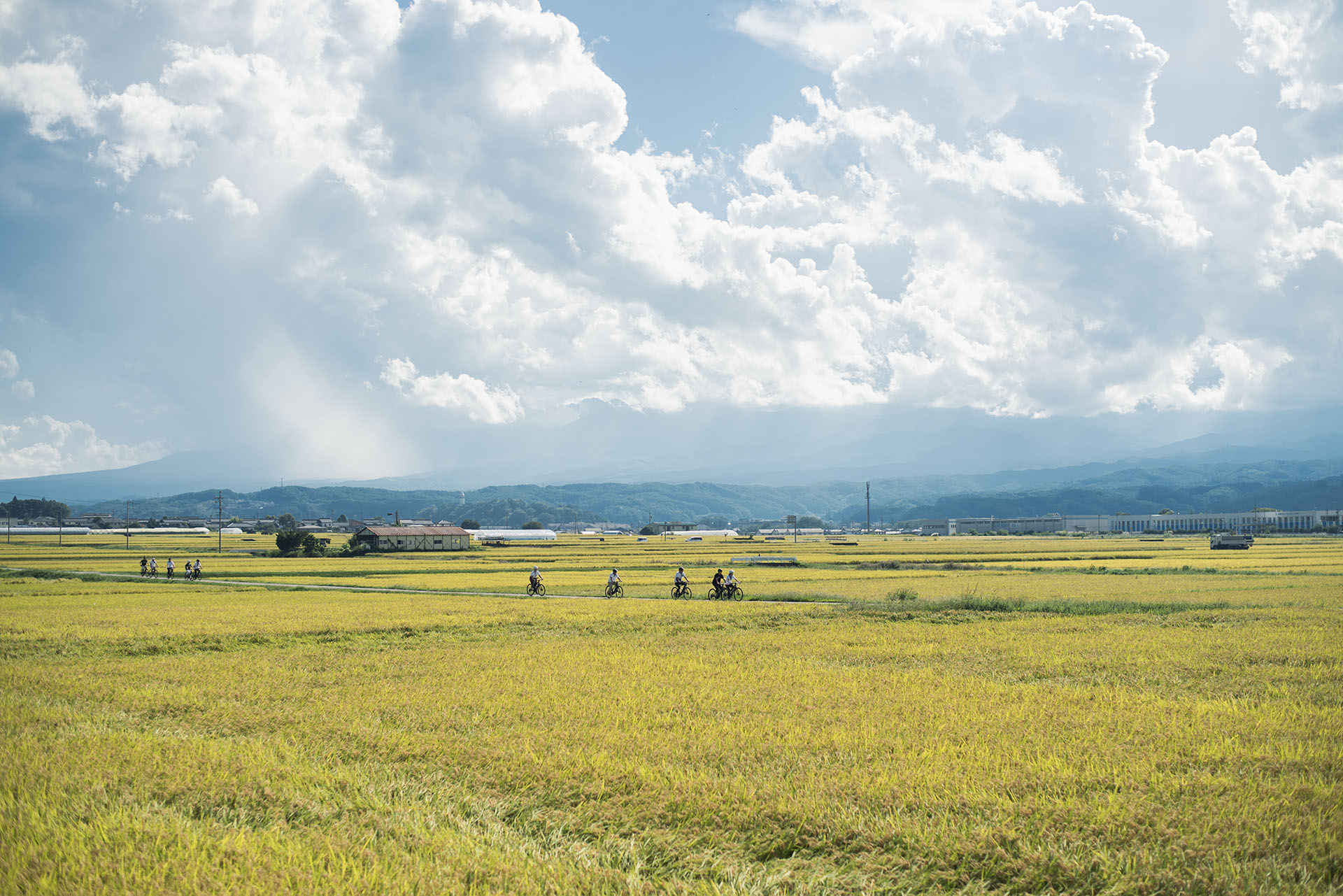
September – October
Bountiful fall,
when the fields are crowned with gold
The ears of rice start to bow as fall approaches, covering the fields with a wave of gold. The farmers prepare to harvest, their small trucks darting from one field to the next. Visit at this time of year to see some farming families gathering together to harvest, while others glide through the fields with miniature combines, passing the drying racks where traditionally cut rice dries in the sun.
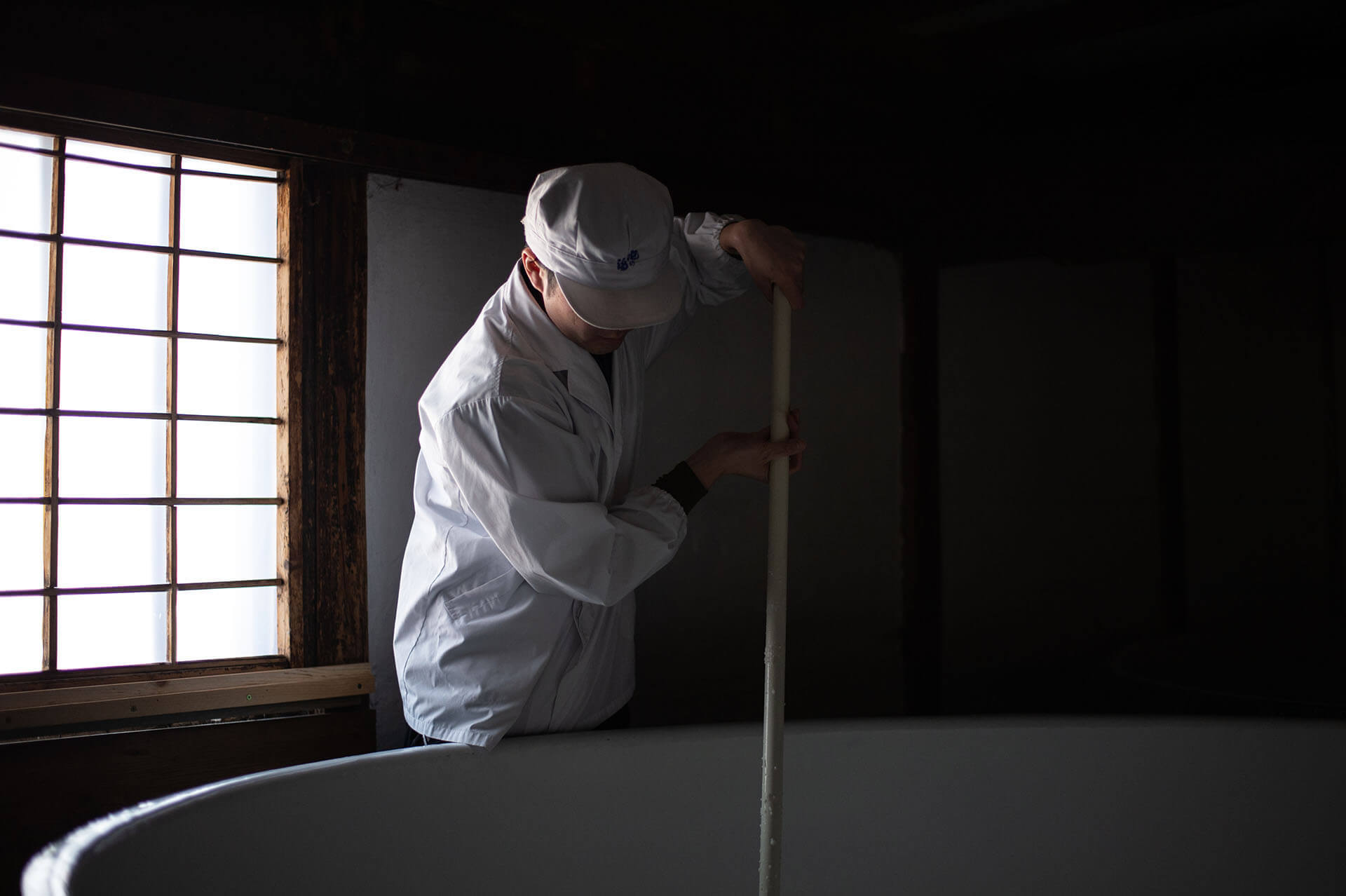
November – March
Winter, when the bounty of nature is brewed
Sake is made from water and rice. Water accounts for 80% of the sake, which makes it a critical ingredient. Koji grown on the rice forms the heart of sake’s flavor. Saku is blessed with clear water from the surrounding mountains, and this water is also used to grow the rice. Saku brewers make the most of these natural treasures and the freezing cold winters to craft their sake.
TERROIR
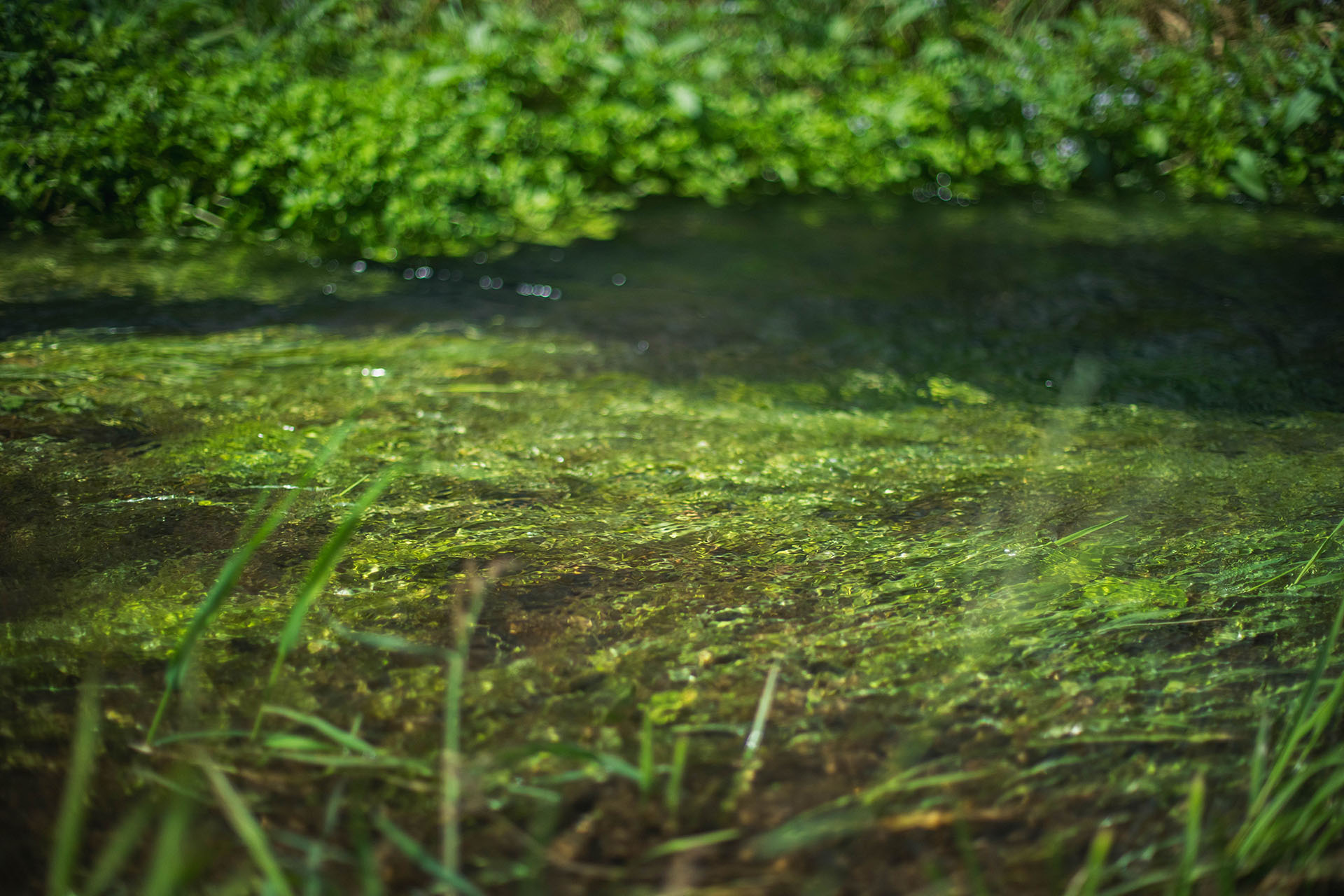
WATER
Clear water
Mt. Asama, Mt.Arafune, the peaks of the Yatsugatake, Mt. Tateshina.The mineral content of clear water from the mountains is a blessing of the Saku area. This clear water is indispensable for agriculture such as rice cultivation, fishing, and sake brewing.
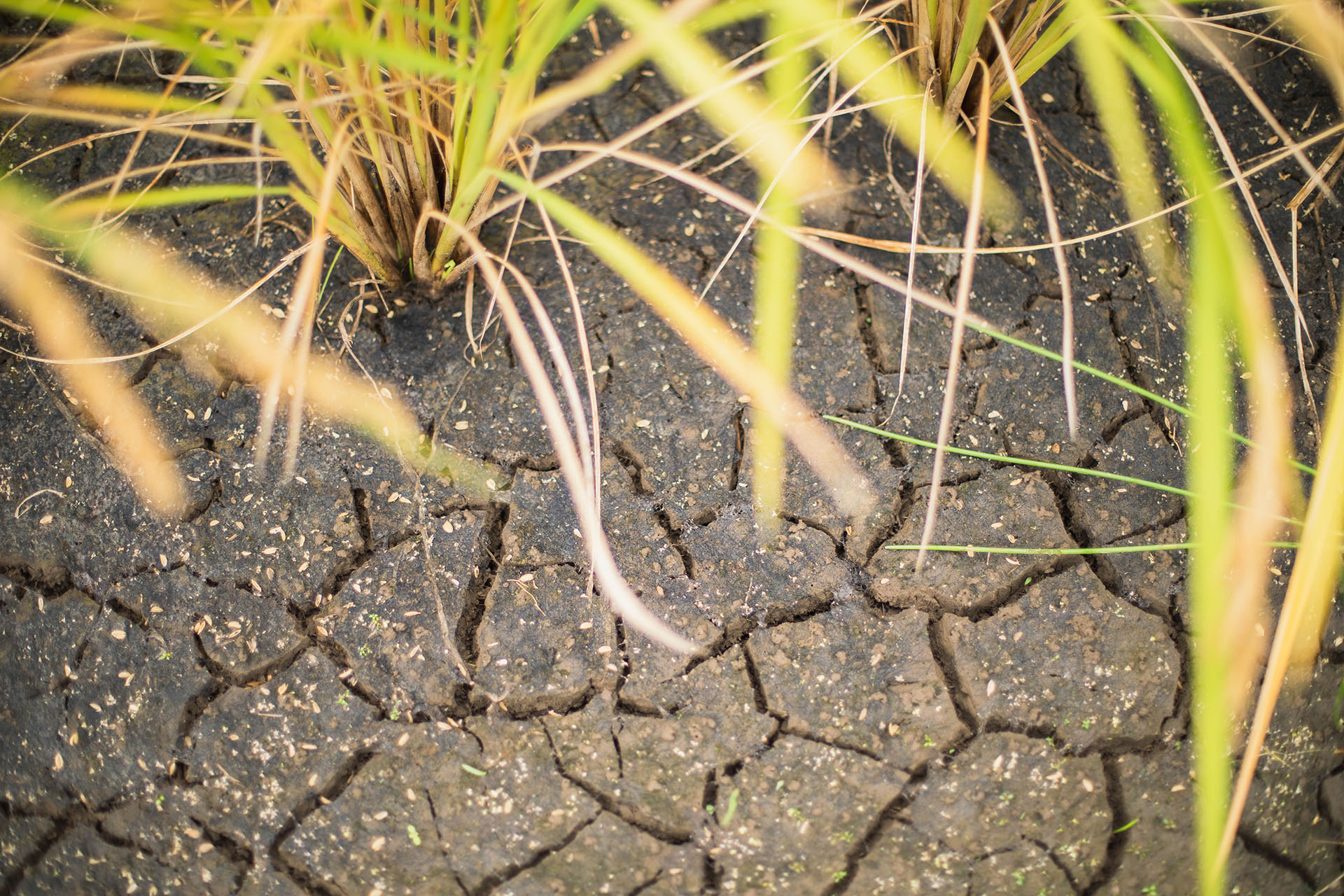
SOI
Rich soil
Rice cultivation and farming are flourishing on the flat, fertile soil surrounded by mountains on all sides.
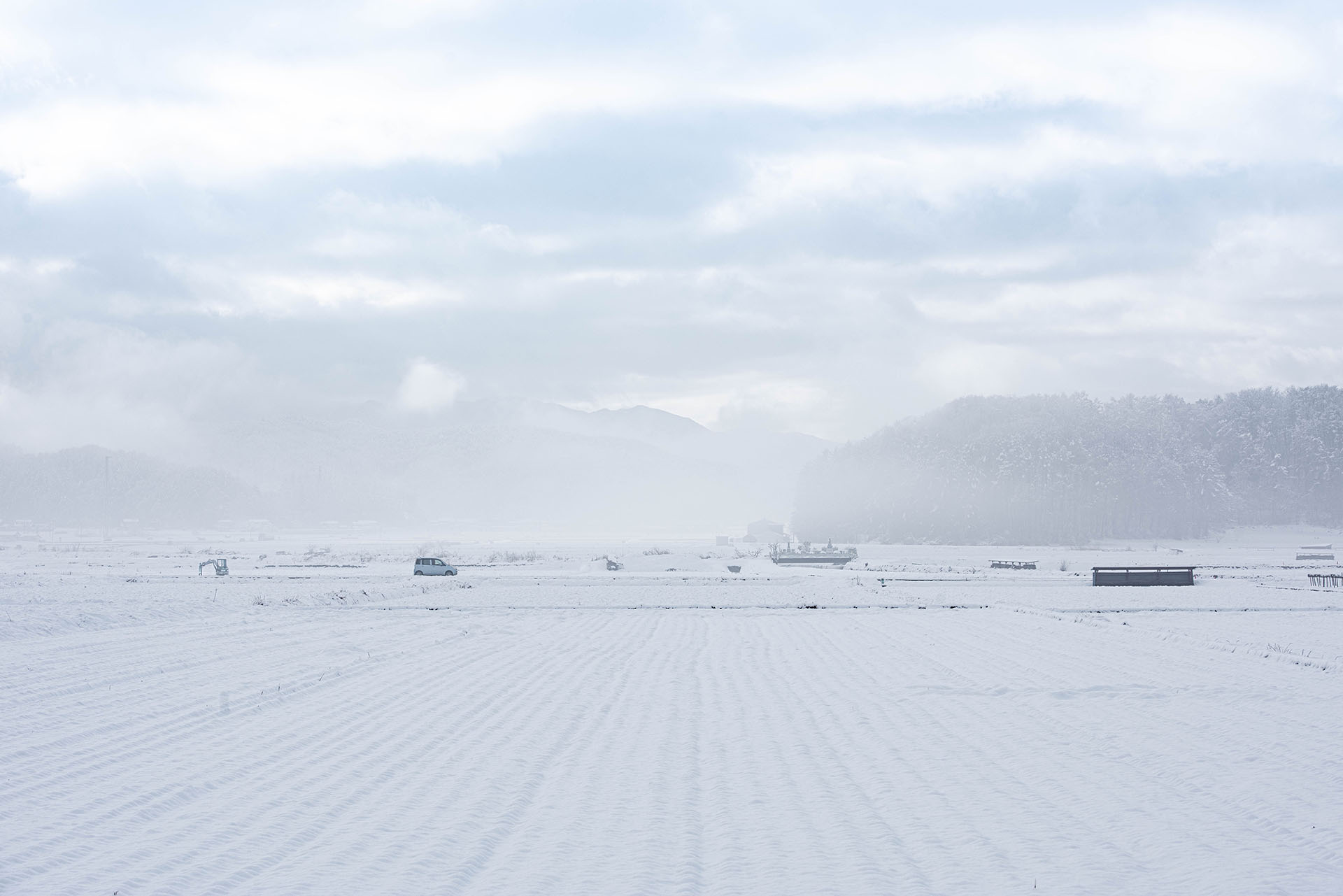
CLIMATE
Cool in summer, cold in winter
About 650m to 1500m above sea level in the Saku area. The climate is having temperature gap morning and daytime in summer, the coldness in winter is severe. There are Many sunny days throughout the year.
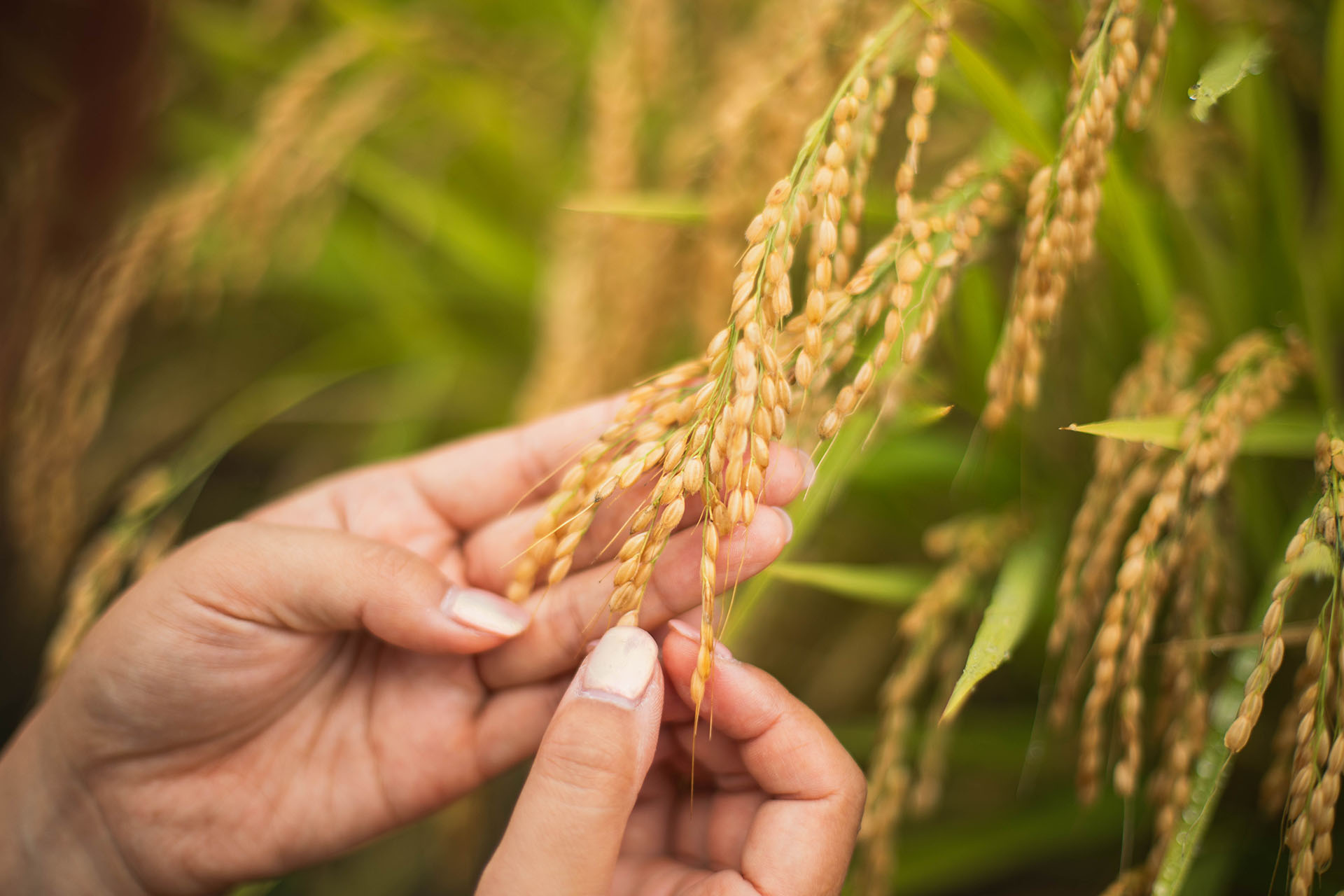
RICE
Delicious rice in the Saku area
The mineral content of clear water brought from the mountains and the rich soil grow the rice. The rice is characterized by its strong stickiness and sweetness. Sake rice is also produced.

AGRICULTURE
Harvest in rich soil
In the Saku area, agriculture of various sizes is carried out on abundant soil. In recent years, the number of farmers engaged in organic and pesticide-free farming has increased. You can enjoy safe and delicious crops full of energy.
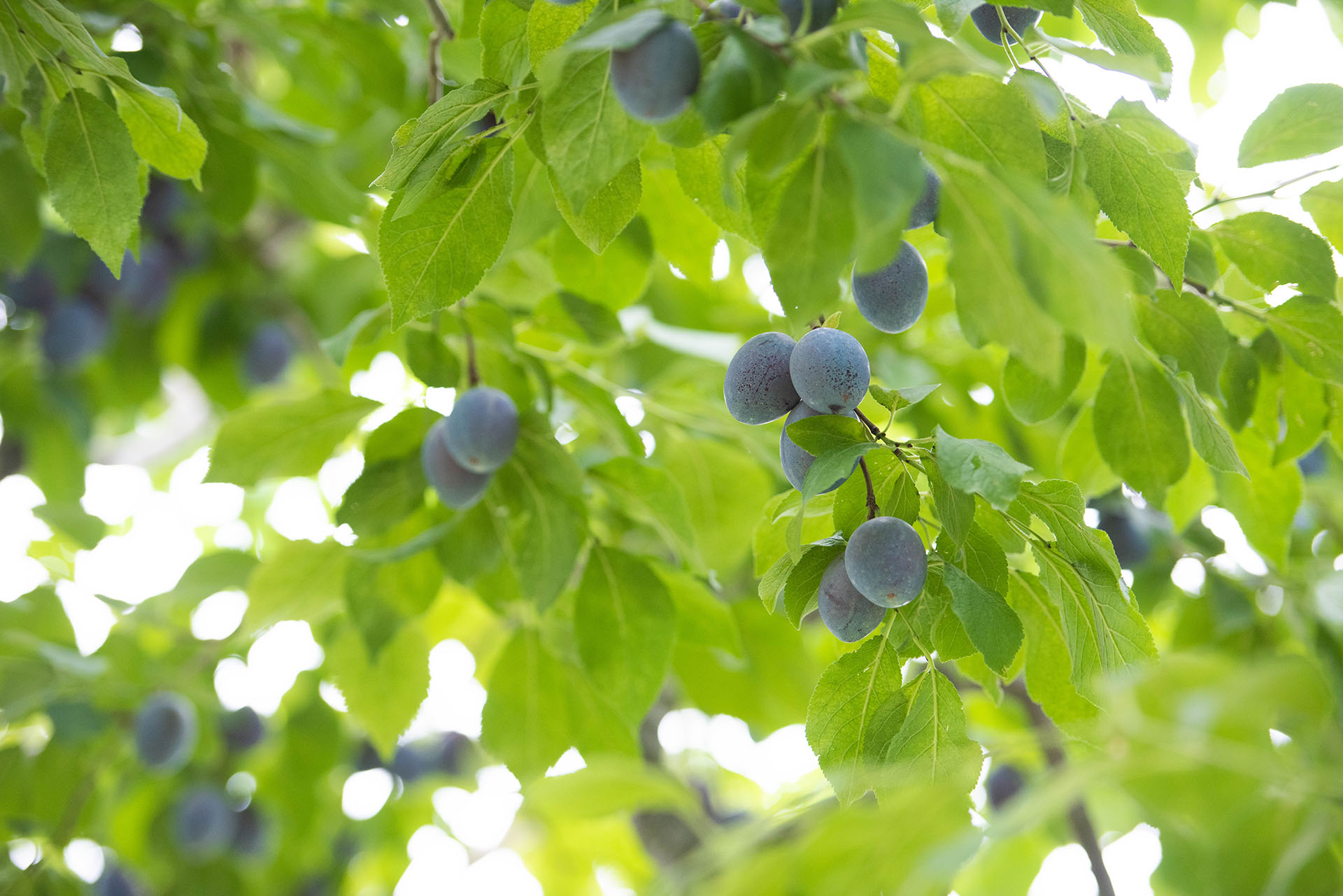
FRUITS
Delicious fruit
In the Saku area, fruits such as apples and peaches are actively produced by taking advantage of the temperature difference between day and night, the high rate of fine weather, and the good ventilation. Among them, prunes have been cultivated in Saku City since the 1950’s. and in the Saku area, raw prunes are in farmers market and supermarkets.